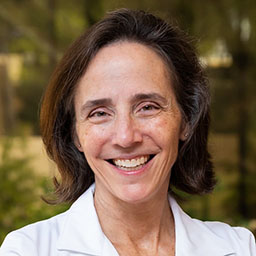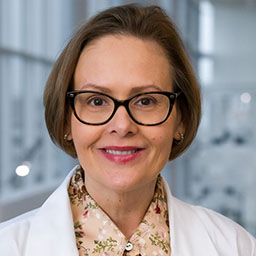Who We Are
Chair

Professor
Chair, Department of Obstetrics and Gynecology
Paul C. MacDonald Distinguished Chair in Obstetrics and Gynecology
Vice Chairs

Professor
Vice Chair, Basic Sciences
Cecil H. and Ida Green Distinguished Chair in Reproductive Biology Sciences

Professor
Vice Chair, Clinical Operations
Chief, Division of Gynecologic Oncology
Patricia Duniven Fletcher Distinguished Professorship in Gynecological Oncology

Professor
Vice Chair, Education and Faculty Development
Norman F. Gant, Jr., M.D. Chair in Obstetrics and Gynecology

Professor
Vice Chair, Gynecology
Chief, Division of Minimally Invasive Gynecologic Surgery & Gynecology
Chief, Division of Urogynecology and Reconstructive Pelvic Surgery
Medical Director, Urogynecology and Reconstructive Pelvic Surgery Program
Frank C. Erwin Jr. Professorship in Obstetrics and Gynecology
Division Chiefs

Professor
Chief, Division of Reproductive Endocrinology and Infertility
Medical Director, Fertility and Advanced Reproductive Medicine Program
Medical Director, In Vitro Fertilization Program
Bruce R. Carr, M.D. Professorship in Reproductive Endocrinology and Infertility

Clinical Associate Professor
Co-Interim Chief, Division of General Obstetrics and Gynecology

Professor
Interim Vice Chair, Clinical Operations
Chief, Division of Gynecologic Oncology
Program Director, Gynecologic Oncology Fellowship
Patricia Duniven Fletcher Distinguished Professorship in Gynecological Oncology

Associate Professor
Chief, Division of Maternal-Fetal Medicine
Dedman Family Scholar in Clinical Care

Professor
Chief, Division of Minimally Invasive Gynecologic Surgery & Gynecology
Chief, Division of Urogynecology and Reconstructive Pelvic Surgery
Medical Director, Urogynecology and Reconstructive Pelvic Surgery Program
Frank C. Erwin Jr. Professorship in Obstetrics and Gynecology

Clinical Associate Professor
Co-Interim Chief, Division of General Obstetrics and Gynecology
